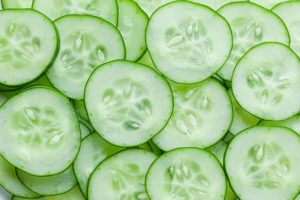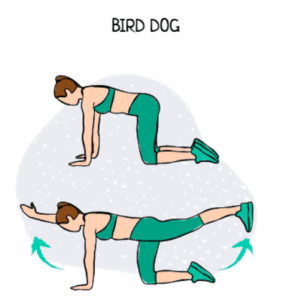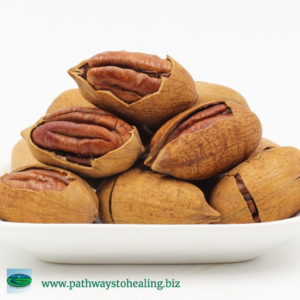By: Dr. Alyssa Musgrove
When those summer temperatures begin to rise, it’s normal to reach for tasty options to help cool us down. But before you reach for the ice cream and lemonade, take a moment to think outside the box. Cucumbers are a naturally cooling food that offer many nutritional benefits. Low in calories and containing a good amount of fiber and water, cucumbers are an ideal summer treat that can refresh the body, while also helping promote hydration and weight loss.
Often thought of as a vegetable, the cucumber is actually a mild-tasting fruit. Cucumbers are members of the Cucurbitaceae family, which also includes melon and squash. Cucumbers come in a variety of colors and sizes. Most commonly, they are sliced and eaten fresh or brined and made into pickles.
Composed of about 96% water, cucumbers can also help you meet your daily fluid and hydration needs. They also contain magnesium and other electrolytes that aid in hydrating the digestive system and keeping the bowels relaxed and regular. One cup of cucumbers is only 15 calories and provides about 20% of your daily need of vitamin K. Vitamin K, in combination with other essential nutrients, can help improve calcium absorption and contribute to good bone health.
When shopping, look for dark green cucumbers that are firm and smooth without any soft, waterlogged spots or bruises. Plan on eating the whole cucumber, as the skin and seeds contain important health-boosting compounds. Organic and unwaxed cucumbers will pack the biggest nutritional punch, especially if you are consuming the skin. Cucumbers should be stored in the refrigerator until you are ready to use them (usually within 3-5 days of purchase).
Most recipes call for raw cucumbers. This is because, due to their high water content, cucumbers tend to be soggy when cooked. Here are a few ways you can incorporate cucumbers into your daily diet when the dog days of summer are in full force:
Create a refreshing summer drink: Thinly slice a cucumber and add it to your water for additional flavor and nutrients. Or try combining 4 ounces of coconut water with the juice of 4 celery stalks, 1 cucumber and 1 lime.
Whip up a salad: Try this quick and healthy cucumber salad with just 5 ingredients: Cut two large cucumbers into 1/8 inch-thick slices. Combine with one small white or red onion chopped, 1/4 cup apple cider vinegar, 1 tablespoon olive oil and 2 teaspoons of dill.
Use cucumbers as salad boats or a bread replacement: Cut the cucumber in half and remove seeds in order to have the most room to stuff with your favorite salad. (My local favorite is the chicken salad from Sweet Kneads.) You can also stuff the cucumber with tuna salad or make your own BLT salad.
Add to a fruit salad: While it may sound odd, this tasty salad combines multiple fruits that provide a good dose of hydration. In a large bowl combine: 1 container (16 oz.) fresh strawberries cut in half, 1 english cucumber cut in half lengthwise and then into ¼ inch slices, 1 cup cubed honeydew melon. Chill until ready to serve. Just before serving, whisk together: 3 tablespoons honey, 2 tablespoons lime juice and 1 teaspoon grated lime zest and drizzle over the cut fruit, tossing gently to coat.
Finally, try this recipe at your next summer potluck. It is light, refreshing and has great flavor.
Cucumber and Chickpea Salad
3 cans (15 oz. each) chickpeas or garbanzo beans rinsed and drained
4 large cucumbers, seeded and cut into 1/2 inch pieces
2 packages (3.5 ounces each) feta cheese
1 cup finely chopped red onion
½ cup ranch salad dressing
2 tablespoons snipped fresh dill
¾ teaspoon salt
¼ teaspoon pepper
Combine cucumber, onion, feta, chickpeas. In a separate bowl mix ranch dressing, dill, salt and pepper, pour that over the salad ingredients, toss continuously to coat. Refrigerate covered for 1 hour before serving.










